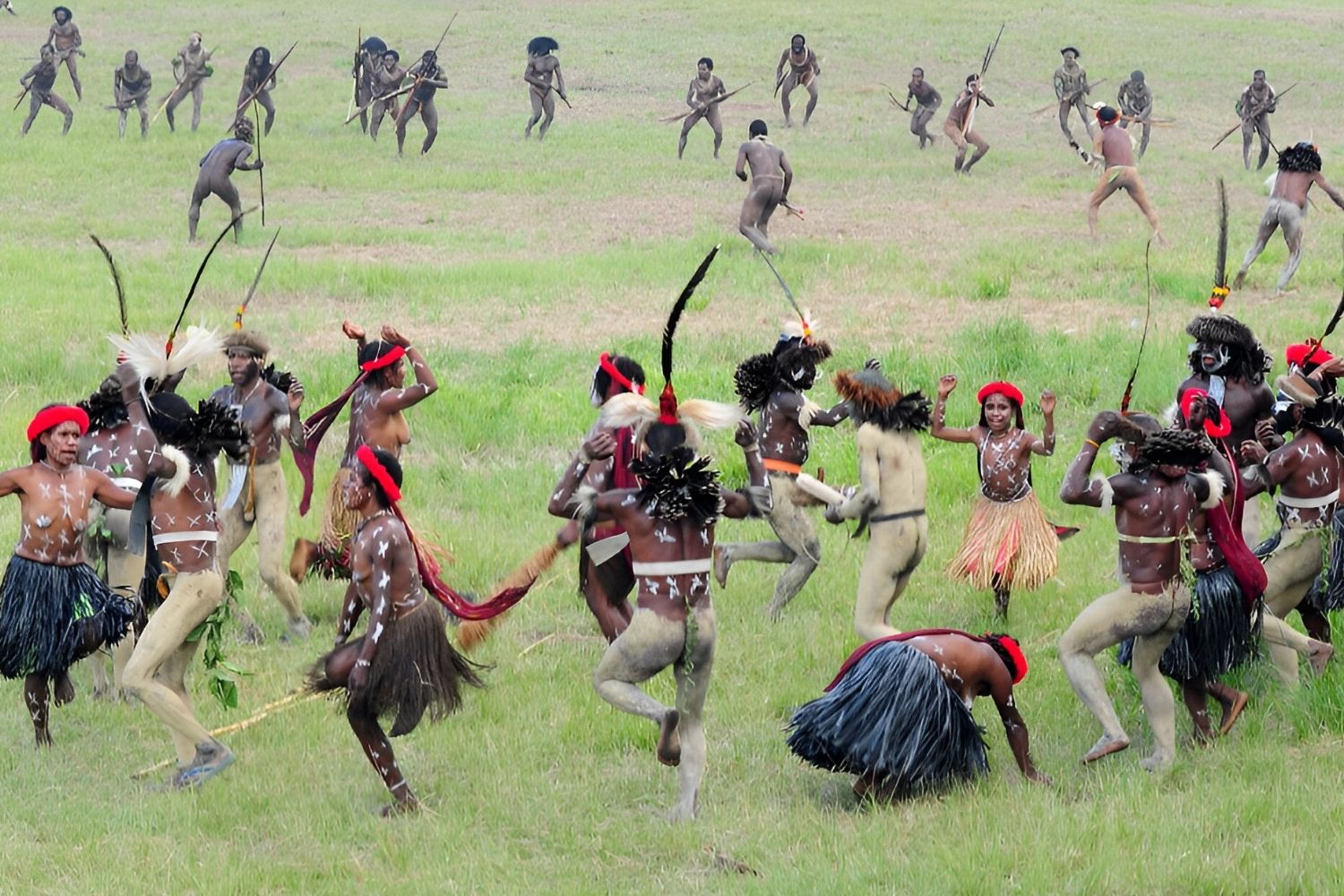
The War of the Tribes is a fascinating chapter in history, filled with intense battles, strategic alliances, and cultural shifts. Ever wondered what sparked this conflict? It began over territorial disputes and resources. Tribes fought fiercely to protect their lands and way of life. This war wasn't just about fighting; it also involved diplomacy, espionage, and cunning tactics. Leaders emerged as heroes, while others became infamous for their betrayals. The impact of this war still echoes today, influencing modern borders and cultural identities. Ready to dive into some intriguing facts about this epic struggle? Let's uncover the secrets behind the War of the Tribes!
Key Takeaways:
- The War of the Tribes, led by Genghis Khan, shaped the Mongol Empire through innovative tactics and unification, leaving a cultural legacy still celebrated today.
- The conflict's aftermath resulted in the creation of the vast Mongol Empire, sparking trade along the Silk Road and influencing historical and social changes in the region.
Origins of the War of the Tribes
The War of the Tribes has a rich history filled with fascinating details. Let's dive into some intriguing facts about its origins.
- The War of the Tribes began in the early 12th century, sparked by territorial disputes.
- It involved numerous tribes, each with unique cultures and traditions.
- The conflict primarily took place in what is now modern-day Mongolia.
- Genghis Khan, one of history's most famous conquerors, played a significant role in the war.
- The war lasted for several decades, with intermittent periods of peace and conflict.
Key Battles and Strategies
Understanding the key battles and strategies used during the War of the Tribes provides insight into the tactics and military prowess of the tribes involved.
- The Battle of Dalan Baljut was one of the earliest and most significant battles.
- Tribes often used guerrilla warfare tactics to outmaneuver their enemies.
- The use of horses in battle gave certain tribes a significant advantage.
- Fortified camps and strategic positioning were crucial for defense.
- Alliances between tribes were common, though often temporary and fragile.
Notable Leaders and Figures
The War of the Tribes saw the rise of many notable leaders and figures who left a lasting impact on history.
- Genghis Khan emerged as a unifying force, eventually consolidating many tribes under his rule.
- Jamukha, a childhood friend turned rival of Genghis Khan, was a key figure in the conflict.
- Börte, Genghis Khan's wife, played a significant role in his rise to power.
- Toghrul, the leader of the Kerait tribe, initially allied with Genghis Khan before becoming his enemy.
- Subutai, one of Genghis Khan's generals, was known for his brilliant military strategies.
Cultural Impact and Legacy
The War of the Tribes had a profound cultural impact and left a lasting legacy that can still be seen today.
- The conflict led to the unification of many tribes, laying the foundation for the Mongol Empire.
- Traditional Mongolian music and dance often reflect themes from the war.
- The war influenced Mongolian art, with many historical paintings depicting key battles and leaders.
- Oral traditions and epic poems from the period have been passed down through generations.
- The war's legacy is still celebrated in modern Mongolia through festivals and reenactments.
Technological and Tactical Innovations
The War of the Tribes saw several technological and tactical innovations that changed the course of the conflict.
- The composite bow, used by Mongolian warriors, was a game-changer in battle.
- Advanced horseback riding techniques allowed for greater mobility and speed.
- The use of psychological warfare, such as spreading fear and misinformation, was common.
- Siege warfare tactics, including the use of catapults, were employed to capture fortified positions.
- The development of efficient communication methods, such as relay stations, helped coordinate large-scale operations.
Aftermath and Historical Significance
The aftermath of the War of the Tribes had far-reaching consequences and historical significance.
- The unification of the tribes under Genghis Khan led to the creation of the Mongol Empire.
- The Mongol Empire became one of the largest contiguous empires in history.
- The war's end marked the beginning of a new era of trade and cultural exchange along the Silk Road.
- The conflict's resolution brought about significant political and social changes in the region.
- The War of the Tribes is still studied by historians and military strategists for its lessons on leadership, strategy, and resilience.
Final Thoughts on War Of The Tribes
War Of The Tribes offers a fascinating glimpse into the complexities of ancient conflicts. From the strategic maneuvers to the cultural impacts, this historical period is rich with lessons and stories. Understanding these facts helps us appreciate the intricate dynamics that shaped societies. Whether you're a history buff or just curious, these insights provide a deeper appreciation for the past. Remember, history isn't just about dates and battles; it's about the people, their struggles, and their triumphs. So next time you think about ancient wars, consider the broader picture. The bravery, the strategies, and the cultural shifts all play a part in the grand tapestry of human history. Keep exploring, keep questioning, and keep learning. History has a lot to teach us if we take the time to listen.
Frequently Asked Questions
Was this page helpful?
Our commitment to delivering trustworthy and engaging content is at the heart of what we do. Each fact on our site is contributed by real users like you, bringing a wealth of diverse insights and information. To ensure the highest standards of accuracy and reliability, our dedicated editors meticulously review each submission. This process guarantees that the facts we share are not only fascinating but also credible. Trust in our commitment to quality and authenticity as you explore and learn with us.
